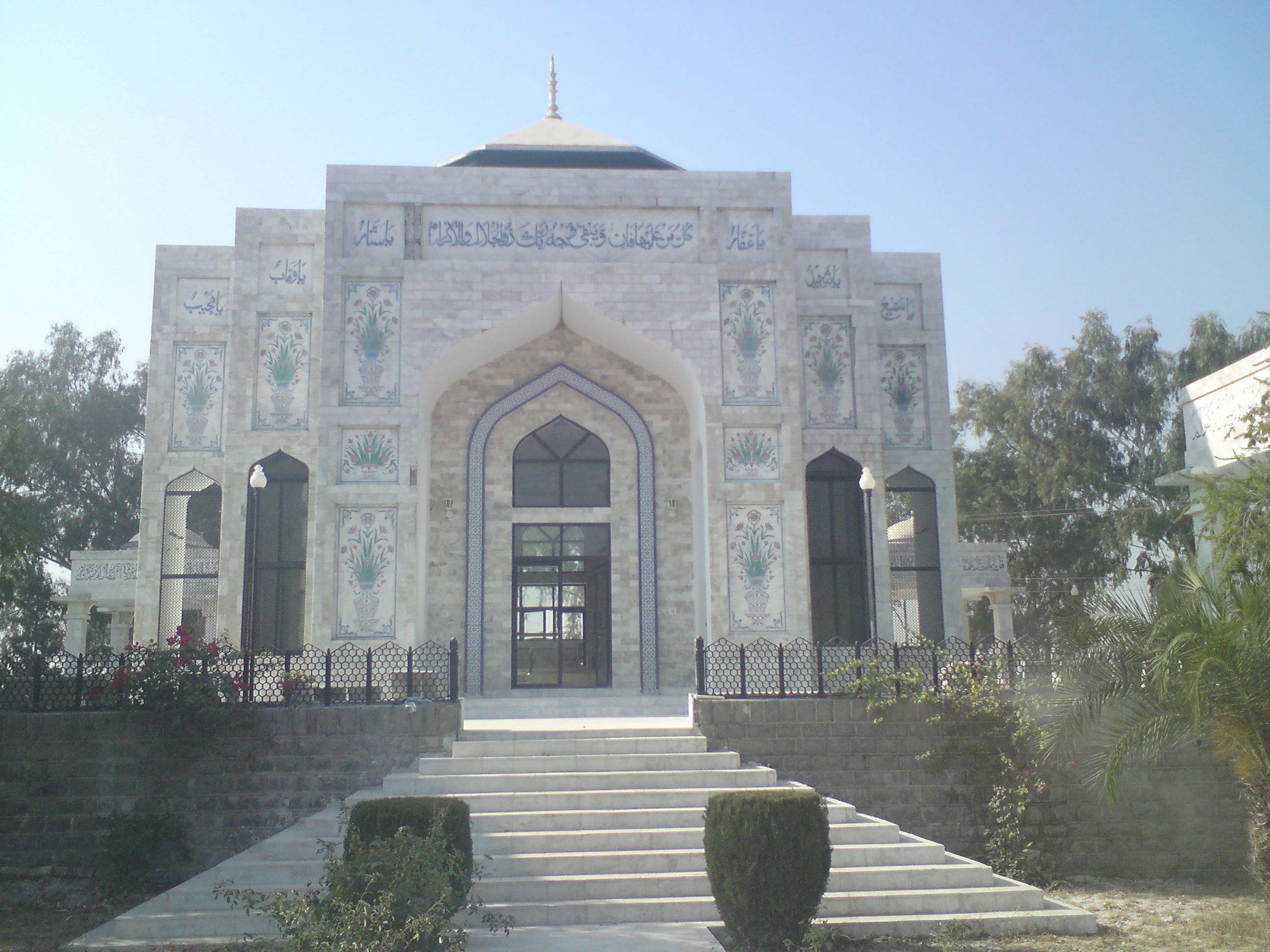Aligarh (Uttar Pradesh) . Hasan Nizami: Taju’l-Ma’sir, in Elliot and Dowson, Vol. II : Elliot and Dowson, History of India as told by its own Historians, 8 Volumes, Allahabad Reprint, 1964. pp. 224.
Muhammad di Ghur: Frasi in inglese
Sita Ram Goel, The Story of Islamic Imperialism in India
About the flight of Jatwan and his death in battle, Kutbu-d din (general of Muhammad of Ghor). Hasan Nizami. Elliot and Dowson, Vol. II : Elliot and Dowson, History of India as told by its own Historians, 8 Volumes, Allahabad Reprint, 1964. pp. 217-218. Also quoted in Jain, Meenakshi (2011). The India they saw: Foreign accounts.
Lal, K. S. (1992). The legacy of Muslim rule in India. New Delhi: Aditya Prakashan. Chapter 7 (quoting Kamil-ut-Tawarikh, E and D, II, p. 250-1; Tarikh-i-Fakhruddin Mubarak Shah, p. 20.)
You would have thought that the treasures of the kings of all the inhabited world had come into their possession'
Gujarat. Elliot and Dowson, Vol. II : Elliot and Dowson, History of India as told by its own Historians, 8 Volumes, Allahabad Reprint, 1964. pp. 228-230. https://archive.org/stream/cu31924073036729#page/n5/mode/2up Also quoted in Jain, Meenakshi (2011). The India they saw: Foreign accounts.
Meerut (Uttar Pradesh). Hasan Nizami: Taju’l-Ma’sir, in Elliot and Dowson, Vol. II : Elliot and Dowson, History of India as told by its own Historians, 8 Volumes, Allahabad Reprint, 1964. pp. 219
Louis Frédéric, L'Inde de l'Islam, quoted in Koenraad Elst, Decolonizing the Hindu Mind, Rupa (2001)
He therefore " sued for pardon, and placed the ring of servitude in his ear," and agreed to pay tribute...
About the capture of Gwalior. Hasan Nizami. Elliot and Dowson, Vol. II : Elliot and Dowson, History of India as told by its own Historians, 8 Volumes, Allahabad Reprint, 1964. pp. 227-228 Also quoted in Jain, Meenakshi (2011). The India they saw: Foreign accounts.
About the conquest of Delhi. Hasan Nizami. Elliot and Dowson, Vol. II : Elliot and Dowson, History of India as told by its own Historians, 8 Volumes, Allahabad Reprint, 1964. pp. 216. Also quoted in Jain, Meenakshi (2011). The India they saw: Foreign accounts.
Tarikh-i-Firishta, translated by John Briggs under the title History of the Rise of the Mahomedan Power in India, first published in 1829, New Delhi Reprint 1981, Vol. I, p. 100-108
Bayana (Rajasthan) . Hasan Nizami: Taju’l-Ma’sir, in Elliot and Dowson, Vol. II : Elliot and Dowson, History of India as told by its own Historians, 8 Volumes, Allahabad Reprint, 1964. pp. 226
Elliot and Dowson, Vol. II : Elliot and Dowson, History of India as told by its own Historians, 8 Volumes, Allahabad Reprint, 1964. pp. 209-212. Quoted in Sita Ram Goel : The Calcutta Quran Petition, ch. 6.
Delhi. Hasan Nizami: Taju’l-Ma’sir, in Elliot and Dowson, Vol. II : Elliot and Dowson, History of India as told by its own Historians, 8 Volumes, Allahabad Reprint, 1964. pp. 222-23
Variante: The conqueror entered the city of Delhi, which is the source of wealth and the foundation of blessedness. The city and its vicinity was freed from idols and idol-worship, and in the sanctuaries of the images of the Gods, mosques were raised by the worshippers of one Allah'...'Kutub-d-din built the Jami Masjid at Delhi, and 'adorned it with the stones and gold obtained from the temples which had been demolished by elephants,' and covered it with 'inscriptions in Toghra, containing the divine commands.
About the conquest of Ajmer (Rajasthan) Hasan Nizami: Taju’l-Ma’sir, in Elliot and Dowson, Vol. II : Elliot and Dowson, History of India as told by its own Historians, 8 Volumes, Allahabad Reprint, 1964. pp. 213-216. Also quoted (in part) in Jain, Meenakshi (2011). The India they saw: Foreign accounts.
Elliot and Dowson, Vol. II : Elliot and Dowson, History of India as told by its own Historians, 8 Volumes, Allahabad Reprint, 1964. pp. 238-39
Elephants and cattle, and countless arms also, became the spoil of the victors.
Kalinjar (Uttar Pradesh) . Hasan Nizami: Taju’l-Ma’sir in Elliot and Dowson, Vol. II : Elliot and Dowson, History of India as told by its own Historians, 8 Volumes, Allahabad Reprint, 1964. pp. 231 Also quoted in Jain, Meenakshi (2011). The India they saw: Foreign accounts.
Kuhram and Samana (Punjab) . Hasan Nizami: Taju’l-Ma’sir, in Elliot and Dowson, Vol. II : Elliot and Dowson, History of India as told by its own Historians, 8 Volumes, Allahabad Reprint, 1964. pp. 216-217 . Also partially quoted in B.R. Ambedkar, Pakistan or The Partition of India (1946)
About the fight with the Rai of Banares and capture of Asni and of Benares. Hasan Nizami: Taju’l-Ma’sir, in Elliot and Dowson, Vol. II : Elliot and Dowson, History of India as told by its own Historians, 8 Volumes, Allahabad Reprint, 1964. pp. 222-223 Also quoted in Jain, Meenakshi (2011). The India they saw: Foreign accounts.
Hasan Nizami, Taj-ul-Maasir,about the conquest of Ajmer by Muhammad Ghauri in 1192: E and D, II, pp.214-15. quoted from Lal, K. S. (1992). The legacy of Muslim rule in India. New Delhi: Aditya Prakashan. Chapter 2
